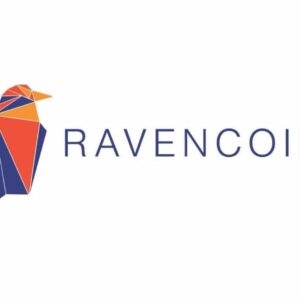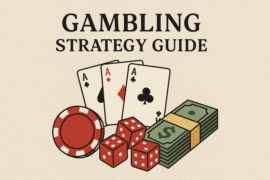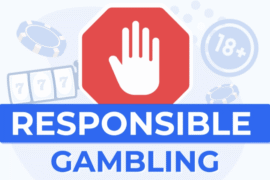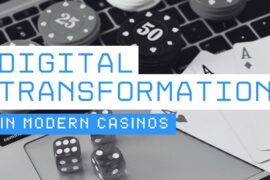This article may contain references to products or services from one or more of our advertisers or partners. We may receive compensation when you click on links to those products or services. Nonetheless, our opinions are our own.
The information presented in this article is accurate to the best of our knowledge at the time of publication. However, information is subject to change, and no guarantees are made about the continued accuracy or completeness of this content after its publication date.

Updated by Albert Fang
It’s been common knowledge since commerce began that some groups get unfairly paid less than others. As deeply discussed as this is, and as many times as people will try to discuss solutions and find ways to correct it: the biases in pay differences are still real. Here are the top things to consider in pay and why a pay equity analysis of any business will bring to light changes that should be made.
What Is US Pay Equality Like in 2021?
When It Comes To Race
Ethnicity is the most apparent unspoken bias when it comes to paying gaps. Although the ranks have been narrowing some, as of 2020, the gap between black and white men in the same job is around two percent. The numbers get worse for black women, who are statistically paid less than any other group. It may take the average black woman seventeen months to make the same amount of money that a white man makes in a year, regardless of education or skills.
Considering Gender
That point brings up gender, which is the most discussed part of the pay gap in America. When looking at the median income, women make eighty-one cents to every one dollar a man makes. Many attribute this to the fact that jobs that women excel in, or can avoid having to fight biases to enter, often pay less and are considered less skilled work despite being more physically draining than most office jobs. When it comes to income differences for the same position, the margins had slimmed out to women making just one to two percent less, a marked increase to when this was left more unchecked.
Looking At Disabilities
In recent years, the pay gap for people with disabilities has shrunk immensely when considering people with the same role. Unfortunately, the median income for people with disabilities is still thirteen percent less on average than people without disabilities. A lot of this can be attributed to hiring practices, and the kinds of roles people with disabilities can work. This type of worker is statistically an older group. However, there are tons of young people with disabilities as well, and the group as a whole is often left on the backburner when companies are hiring despite having a wealth of knowledge.
Educational Gap
Although hours in a classroom don’t directly translate into abilities or the experience many jobs need, there is a gap between what formally educated people receive. Even completing your GED, or graduating high school, can mean an increase in your income by eight thousand dollars a year. This amount grows again if you have a college education and will continue to grow from there.
Although the job market has made getting hired based on your educational background more difficult, you’re still more likely to make more money if you’ve had more hours in the classroom. Unfortunately, this means that people who have ten to twenty years of hands-on experience may be overlooked and underpaid compared to someone who completed a couple of years in college for the same position.

Reviewed and edited by Albert Fang.
See a typo or want to suggest an edit/revision to the content? Use the contact us form to provide feedback.
At FangWallet, we value editorial integrity and open collaboration in curating quality content for readers to enjoy. Much appreciated for the assist.
Did you like our article and find it insightful? We encourage sharing the article link with family and friends to benefit as well - better yet, sharing on social media. Thank you for the support! 🍉
Article Title: What Is US Pay Equality Like in 2022
https://fangwallet.com/2021/01/27/what-is-us-pay-equality-like-in-2021/The FangWallet Promise
FangWallet is an editorially independent resource - founded on breaking down challenging financial concepts for anyone to understand since 2014. While we adhere to editorial integrity, note that this post may contain references to products from our partners.
The FangWallet promise is always to have your best interest in mind and be transparent and honest about the financial picture.
Become an Insider

Subscribe to get a free daily budget planner printable to help get your money on track!
Make passive money the right way. No spam.
Editorial Disclaimer: The editorial content on this page is not provided by any of the companies mentioned. The opinions expressed here are the author's alone.
The content of this website is for informational purposes only and does not represent investment advice, or an offer or solicitation to buy or sell any security, investment, or product. Investors are encouraged to do their own due diligence, and, if necessary, consult professional advising before making any investment decisions. Investing involves a high degree of risk, and financial losses may occur including the potential loss of principal.
Source Citation References:
+ Inspo












































